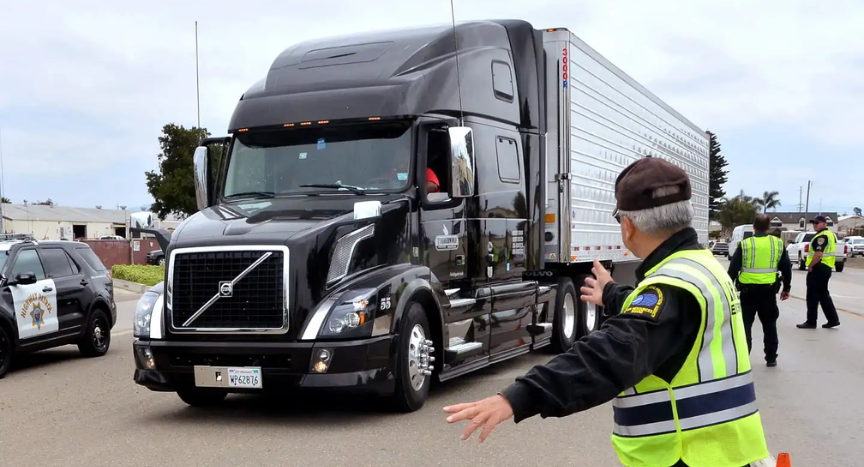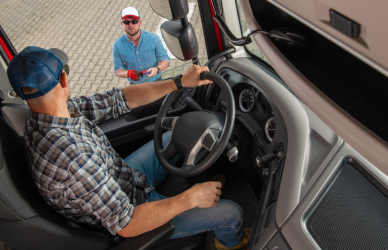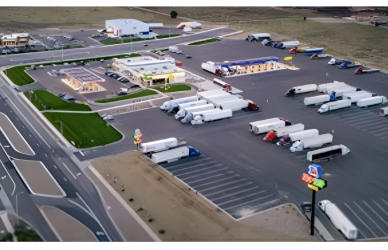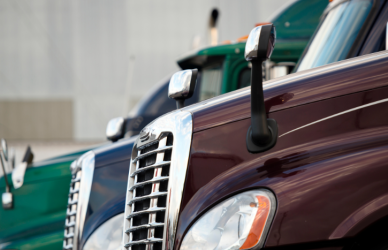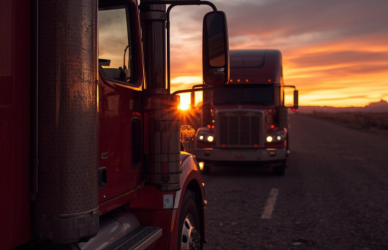Securing your cargo properly isn’t just about meeting legal standards—it’s about ensuring safety for you, your freight, and everyone else on the road. Whether you’re driving long distances with heavy machinery or making short trips with construction materials, understanding the specifics of DOT chain regulations is critical. Here’s a breakdown of what these regulations mean, why they matter, and how to stay compliant.
What Are DOT Chain Regulations?
DOT chain regulations are standards established by the Federal Motor Carrier Safety Administration (FMCSA) to ensure the proper securement of cargo. These rules are designed to minimize the risks of accidents, avoid load damage, and ensure a safer driving environment.
Chains are one of the most effective tools for securing cargo like heavy machinery, construction materials, and logs. For truckers, especially flatbed drivers, understanding these regulations is essential for avoiding fines, ensuring safety, and maintaining compliance.
Key Insights Into DOT Chain Standards
DOT regulations detail specific requirements for securing various types of loads. Here’s what you need to know:
Choosing the Right Chain
Picking an appropriate chain for your cargo is the first step to proper securement. Here are the common chain grades and their uses:
- Grade 70 Chains: Perfect for lighter loads like building materials or smaller equipment.
- Grade 80 Chains: Designed for medium-to-heavy machinery, offering enhanced durability.
- Grade 100 Chains: The most robust choice, ideal for oversized loads requiring maximum strength.
How Many Chains Do You Need?
The number of chains required is based on cargo weight and type:
- Loads over 10,000 pounds must be secured with at least two chains.
- Additional devices, like straps, ratchets, or binders, may be needed for increased stability and to prevent shifting.
Proper Chain Tension
The key to safe cargo securement is striking the right balance in chain tension:
- Too tight? Chains can snap or damage your cargo.
- Too loose? The load may move, creating serious safety risks.
Using ratchet binders can help maintain the ideal tension to keep cargo steady.
Specialized Cargo Rules
Certain cargo types come with additional requirements:
- Heavy equipment typically requires chains threaded through axles or frames for stability.
- Logs or lumber often need extra straps and proper tensioning to stay secure.
- Bulky machinery may require a combination of chains, straps, and binders to lock everything in place.
Equipment Inspections
Drivers are required to inspect their securement equipment at least every 150 miles or after each driving shift. These inspections help catch potential issues like loose chains or damaged components before they become a safety hazard.
Why Compliance Isn’t Optional
Failing to meet DOT chain regulations can lead to significant consequences. Here’s what’s at stake:
- Costly Penalties: Non-compliance can result in hefty fines.
- Operational Delays: Vehicles with improperly secured loads can be declared out of service until corrections are made.
- Accidents and Legal Risks: Unsecured cargo poses severe safety hazards, leading to accidents, injuries, or worse.
Maintaining compliance is not just about avoiding fines—it’s about fostering safer roads for everyone.
Best Practices for Safe Cargo Securement
To ensure you meet DOT standards and protect your cargo, consider these pro tips:
1. Inspect Chains Before Use
Look for signs of wear, such as rust or fraying. Damaged chains should be replaced immediately to prevent failures on the road.
2. Choose the Right Grade
Select chains that match the weight and type of your load. Grade 70 chains work for lighter loads, but heavier pieces may require Grade 80 or 100 to ensure strength and reliability.
3. Maintain Proper Tension
Use ratchet binders to tighten chains appropriately. Avoid overtightening, which can weaken chains, or under tightening, which can lead to shifting cargo.
4. Plan Your Securement Strategy
Before loading, map out where chains will attach and decide whether additional binders or straps are necessary.
5. Carry Extra Supplies
Keep spare chains, binders, and straps on hand for emergencies. You never know when an issue might arise.
6. Stay Updated
DOT regulations and FMCSA guidelines evolve over time. Regular training or refresher courses can help ensure you’re up to date.
Why Cargo Securement Is Vital to Your Success
Properly securing cargo is both a safety measure and a professional standard. It protects your livelihood, your cargo, and other road users. Following DOT chain regulations ensures smoother operations, builds a reputation as a reliable driver, and enhances the safety of everyone on the road.


